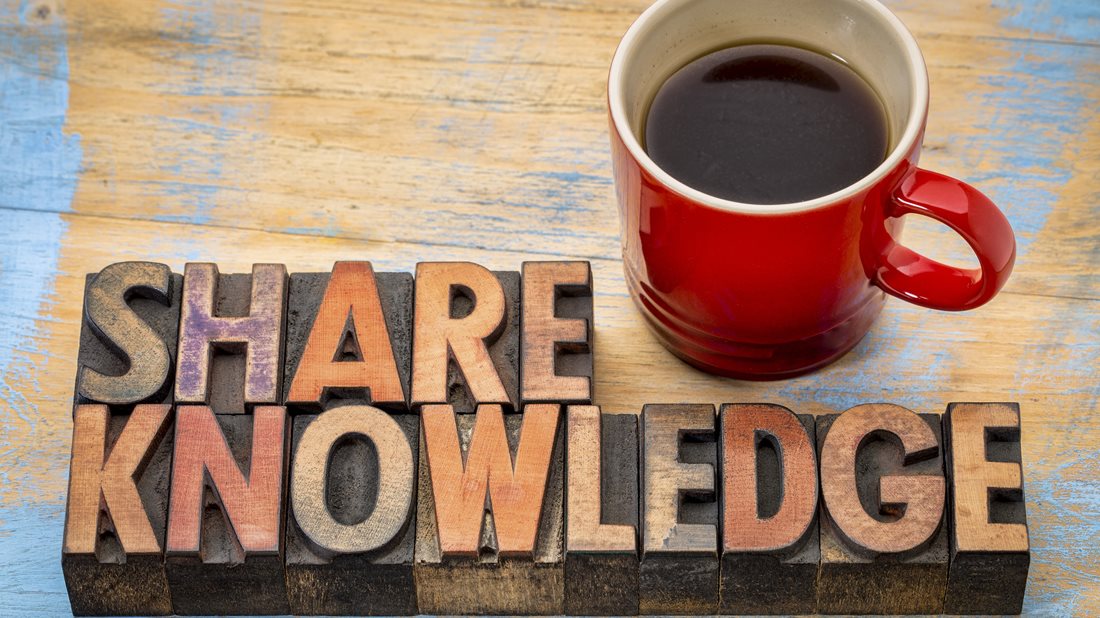We are seeing anecdotal evidence that methamphetamine use is becoming more common in rental properties.
An interesting conversation with one of our suppliers of meth testing services the other day suggested that meth use is quite prevalent. This is extremely anecdotal but it got us to thinking as a team where we stand on getting rental properties tested for meth, as many owners ask our advice on this topic.
The law is embodied in NZS 8510:2017 and it determines that a reading above 1.5µg per 100cm2 is not safe and therefore the property is not habitable.
Tenants
Whether the whole house is uninhabitable depends on whether the presence of meth is confined to say a bedroom which can be shut off (if there are others available to use), or if it is throughout the house or in areas which can’t be shut off like a bathroom for instance.
The RTA has a range of clauses that need to be followed covering matters such as:
- Access for testing
- Sharing reports with tenants in a timely fashion
- Possibly having to give notice for possession of the property on the grounds it is uninhabitable, or possibly having to terminate the tenancy
- If part of the property is uninhabitable the possibly of providing a rent rebate
- If the whole property is uninhabitable but the tenancy continues while you remedy it, then a full rebate would be needed
A good property manager can navigate through all of this.
Testing
Testing is very expensive and usually happens in stages to try and allow for a negative test at the lowest cost. However this approach has been criticised because if there is a positive reading, it takes several rounds of testing to pin it down.
Stage 1 – Aggregate test
This is the standard screening test that many of our owners get done. It costs around $249+GST and is usually done at the start of a tenancy and in between every tenancy after that. We are looking for a reading of less than 1.5µg per 100cm2 which means it is within healthy levels and no remedial action is needed.
This test produces just one reading but it is important to understand that the reading is the sum of several readings taken through the house (depending on the size of the house – the testers have guidelines to follow for number of samples to take).
If the reading is over 1.5µg per 100cm2 it does not necessarily mean any one reading was over 1.5µg per 100cm2. However if the reading is less than 1.5µg per 100cm2 then it DOES mean that NONE of the individual samples were over 1.5µg per 100cm2.
Stage 2 – Individualise the screening test by area of the house
If the initial aggregate result was over 1.5µg per 100cm2, then the lab can use the same samples but break them down to provide and aggregate for different areas of the house. For example kitchen/dining, bathroom, hall and stairs etc. What this does is try to narrow down for as little cost as possible, where the higher reading is coming from in the house. This information is very important going into the next step – we are trying to eliminate how much detailed testing is needed at Stage 3.
Any areas with an aggregate over 1.5µg per 100cm2 mean the sum of the samples taken in that area are over 1.5µg per 100cm2. Any areas with an aggregate under 1.5µg per 100cm2 can be ruled out as safe as each individual sample in that area must be less than 1.5µg per 100cm2.
Stage 3 – Individual sample testing
This is the most expensive stage of testing and is the only conclusive result (as the others were aggregates). Ideally stage 2 has narrowed testing down to a specific area and therefore only that area needs to be tested. The testers have guidelines to follow around how many samples need to be taken for a specific area. The lab returns a separate result for each sample and if any are over 1.5µg per 100cm2 then there is a problem that needs to be rectified.
Decontamination
There are a couple of paths here.
If you have followed all three testing stages above and have some samples above 1.5µg per 100cm2 then these areas need to be decontaminated. A clean is the usual method of decontamination but for a severe presence of meth, more drastic measures are needed. There are expert companies who will scope and quote the scale of decontamination necessary in your case.
If, at Stage 1, you had an aggregate reading that was barely over 1.5µg per 100cm2 and was across say 5 or 6 samples, you may find it more cost effective to get the whole house cleaned rather than go through Stages 2 and 3 which are costly and will probably result in some level of clean needed anyway, although you would have narrowed down the area that needs to be cleaned. Also be aware of what the requirements of your insurance are before taking this route. We have had a case where a $400 clean of the whole (small) house brought the aggregate reading down sufficiently. So the total costs to the owner was a before and after aggregate test approx. $249+GST each plus the $400 clean. It was below their insurance excess so they chose this path.
Confirming an acceptable reading
A follow up test is needed after the decontamination/clean. Only the area contaminated needs to be reconfirmed as acceptable – the most cost effective approach is likely to be a Stage 2 aggregate test in that area.
If the initial result was low and you opted to clean the entire house, the follow up test would need to cover the whole house, so a Stage 1 aggregate test would be needed.
Liability
Insurance – check your insurance policy as many companies have different coverage. Some do not cover meth contamination at all – or offer it as a separate add-on. Some insurance companies require a test before the tenancy and one after, some do not.
Tribunal – here’s where things get a little confusing. Recent Tribunal decisions have tended to adopt a 15µg per 100cm2 threshold. They have adopted this figure from a report by the Government’s chief science advisor at the time Peter Gluckman titled Methamphetamine contamination in residential properties: Exposures, risk levels, and interpretation of standards. There was much talk of this report when it first came out but please be aware that it did not change the law. The rate of less than 1.5µg per 100cm2 in NZS 8510:2017 remains as safe according to the law.
Because the Tribunal have recently been adopting the 15µg per 100cm2 threshold, they may not recognise that any damage has occurred to the property if the reading is below 15µg per 100cm2. So a claim for any costs may be dismissed.
If the reading was above 15µg per 100cm2, AND you have both a start of tenancy reading and an end of tenancy reading (therefore proving the meth contamination was the fault of the tenant), then you may have some success recovering costs through the Tribunal through the usual damage clause of the RTA, that is, you need to prove that the damage is careless or intentional. If careless, you can ask for the lower of your insurance excess or 4 weeks rent. If intentional you can claim the lot.
There are other clauses you would likely apply for at Tribunal relating to the unlawful activities of the tenants. If it gets to this stage your property manager will guide you through their process.
Be aware that if you do not have a reading from the start of the tenancy, and you get a positive reading after tenants have moved in, you may be at risk of the tenant claiming that you rented out a contaminated, uninhabitable property and they may take YOU to Tribunal. So not only might you not be able to claim damages from them, but they may be claiming damages from you!
When the risks and the costs are weighed up, we recommend that owners have meth tests done at the start of the first tenancy and between every tenancy thereafter.

